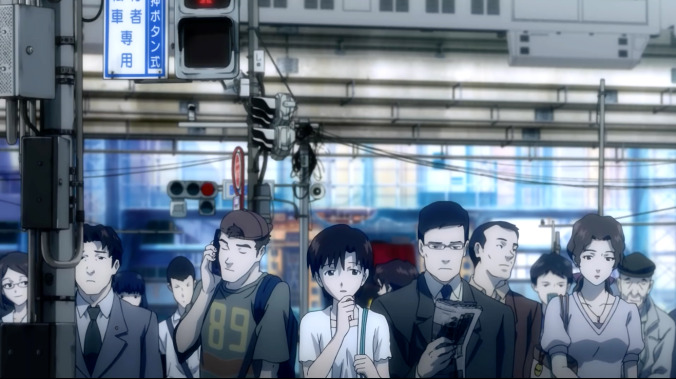What's the deal with anime's obsession with power lines?

Anime can be about anything—from the magical-girl fantasies and giant-robot space epics we typically associate with the term, to richly drawn historical dramas and muted character studies. This is one of the grand contentions among fans of the medium, which can also vary wildly visually from work to work. And yet anyone who has even dipped a toe in the waters of Japanese animation knows there are still some connective threads that run through many of the works—chief among them, the medium’s far-reaching obsession with power lines.
Atlas Obscura recently explored the trend, talking to, among other people, whitquark, the proprietor of a Tumblr focused exclusively on power lines in anime. (It’s called Power Lines In Anime.) A shocking amount of anime set in the modern world—or something similar to it—will feature lovingly rendered shots of telephone poles, spidery lines stretched between them, and elegant electrical infrastructure. whitquark zeroes in on some lines from Monogatari as their favorite:

































![Rob Reiner's son booked for murder amid homicide investigation [Updated]](https://img.pastemagazine.com/wp-content/avuploads/2025/12/15131025/MixCollage-15-Dec-2025-01-10-PM-9121.jpg)





